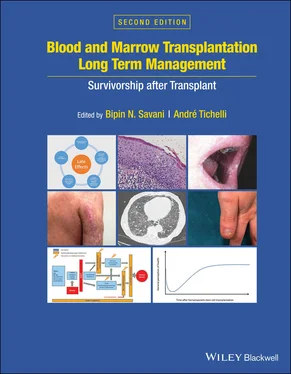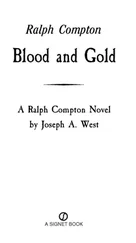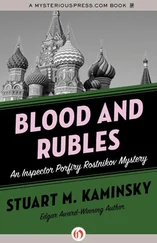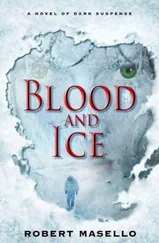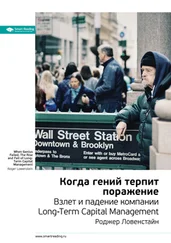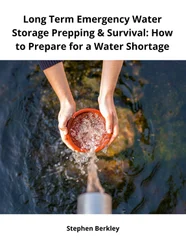In a separate study, the Seattle group evaluated the incidence of and risk factors for basal cell carcinoma (BCC) and SCC in survivors of HSCT [66]. Patient‐, disease‐, treatment‐, and toxicity‐related factors were analyzed in regards to the risk of BCC and SCC in a retrospective cohort study of 4810 patients who received allogeneic HSCT and who survived for at least 100 days. Among allogeneic HSCT recipients, 237 developed at least one skin or mucosal cancer (BCC, n#=#158; SCC, n#=#95). Among the 95 SCC, 24 occurred on internal mucosal surfaces, such as the tongue, tonsil, vocal cord, esophagus, and genitourinary tract (cervix, vagina, and vulva). Twenty‐year cumulative incidence rates of BCC and SCC were 6.5% and 3.4%, respectively. TBI was a significant risk factor for BCC (but not for SCC), most strongly among patients who were younger than 18 years at HSCT. Light‐skinned patients had an increased risk of BCC. Acute GVHD was associated with increased risk of SCC, and cGVHD with both BCC and SCC. Thus, this analysis suggested that immutable factors, such as age and complexion, have a significant impact on the development of BCC and SCC. However, specific treatment modalities (radiotherapy) and transplant‐related complications (GVHD) may modify the risk. These additional risk factors suggest a contribution of immunologic mechanism and DNA and tissue repair in the development of BCC and SCC. Overall, these data confirmed previous reports which showed that exposure to ionizing radiation increased the risk of BCC but not SCC.
The major predisposing factor for cGVHD is preceding acute GVHD, i.e. a syndrome characterized by alloreactivity and immunodeficiency. The immunodeficiency is further aggravated by the treatment of cGVHD, which may continue over several years. However, cGVHD, which most frequently affects the skin, liver, mouth and eyes, also shows features of autoimmunity and inflammation. Both aspects are relevant since patients with autoimmune disorders develop malignant tumors more frequently than individuals with apparently normal immunity. Chronic inflammation and scar formation have also been associated with an increased risk of cancer. The interactions between inflammation and immunosuppression are not fully understood, but one might speculate that immunosuppression administered in a milieu of inflammation as occurs with cGVHD, would interfere with tissue repair, and thereby enhance the risk of tumor evolution. The risk would be further heightened when immunosuppressive therapies were given for prolonged periods, as observed in previous investigations in solid organ transplant recipients. If immunosuppression consisted of compounds which are known carcinogens then one would also expect new malignancies in recipients of HSCT, which has been reported, in fact, in patients with severe aplastic anemia. In addition, it suggests that other components; in particular interactions with agents, such as CSP, and the duration of treatment and severity of cGVHD are contributing factors. Reports from the early 1980s suggested that cyclosporine, in many instances given at doses much higher than in use today, contributed to the development of malignancies, in particular posttransplant lymphoproliferative disorders. More recent work suggests that cyclosporine may induce phenotypic changes and enhance invasiveness of non‐transformed cells via a TGF β‐dependent mechanism. Finally, it should be noted that Mycophenolate Mofetil (which has largely replaced Azathioprine in the treatment of cGVHD) has a mechanism of action similar to Azathioprine and could, thus, represent a potent risk factor in the future!
Thyroid carcinoma and cGVHD
While thyroid carcinoma is generally considered a prototype of radiation‐induced carcinoma, data from the European group strongly suggest that cGVHD may play a role in the genesis of this cancer. We performed a retrospective analysis comparing data obtained by means of a two‐step questionnaire from the 166 centers who replied, and data reported to the European Group for Blood and Marrow Transplantation (EBMT) registry on their transplantation activity [67]. During the follow‐up period (1985 to 2003), 32 instances of thyroid carcinoma were found within the EBMT cohort of 68#936 patients who received HSCT. The standardized incidence ratio of thyroid carcinoma in the transplant population was 3.26, in comparison with the general European population. Multivariate analysis revealed that young age at HSCT was the strongest risk factor (relative risk [RR], 24.61 for ages 0 to 10 years; RR, 4.80 for ages 11 to 20 years). Other risk factors were irradiation (RR, 3.44), female sex (RR, 2.79), and cGVHD (RR, 2.94). Nine patients showed no clinical signs of thyroid disease at diagnosis. Total thyroidectomy and iodine ablation were the standard treatment for the majority of patients, and only one patient died due to cancer progression.
1 1. Filipovich AH, Weisdorf D, Pavletic S, et al. National Institutes of Health consensus development project on criteria for clinical trials in chronic graft‐versus‐host disease: I. Diagnosis and staging working group report. Biol Blood Marrow Transplant. 2005; 11:945–956.
2 2. Wolff D, Gerbitz A, Ayuk F, et al. Consensus conference on clinical practice in chronic graft‐versus‐host disease (GVHD): first‐line and topical treatment of chronic GVHD. Biol Blood Marrow Transplant. 2010; 16:1611–1628.
3 3. Greinix HT, Loddenkemper C, Pavletic SZ, et al. Diagnosis and staging of chronic graft‐versus‐host disease in the clinical practice. Biol Blood Marrow Transplant. 2011; 17:167–175.
4 4. Zeiser R, Blazar BR. Pathophysiology of chronic graft‐versus‐host disease and therapeutic targets. N Engl J Med. 2017; 377:2565–2579.
5 5. Cooke KR, Luznik L, Sarantopoulos S, et al. The Biology of Chronic Graft‐versus‐Host Disease: A Task Force Report from the National Institutes of Health Consensus Development Project on Criteria for Clinical Trials in Chronic Graft‐versus‐Host Disease. Biol Blood Marrow Transplant. 2017; 23:211–234.
6 6. Blazar BR, Murphy WJ, Abedi M. Advances in graft‐versus‐host disease biology and therapy. Nat Rev Immunol. 2012; 12:443–458.
7 7. Welniak LA, Blazar BR, Murphy WJ. Immunobiology of allogeneic hematopoietic stem cell transplantation. Ann Rev Immunol. 2007; 25:139–170.
8 8. Gea‐Banacloche J, Komanduri KV, Carpenter P, et al. National Institutes of Health Hematopoietic Cell Transplantation Late Effects Initiative: The Immune Dysregulation and Pathobiology Working Group Report. Biol Blood Marrow Transplant. 2017; 23:870–881.
9 9. Vogelsang GB. How I treat chronic graft‐versus‐host disease. Blood. 2001; 97:1196–1201.
10 10. Lee SJ, Vogelsang G, Flowers MED. Chronic graft‐versus‐host disease. Biol Blood Marrow Transplant. 2003; 9:215–233.
11 11. Fuji S, Kapp M, Einsele H. Challenges to preventing infectious complications, decreasing re‐hospitalizations, and reducing cost burden in long‐term survivors after allogeneic hematopoietic stem cell transplantation. Semin Hematol. 2012; 49:10–14.
12 12. Tomblyn M, Chiller T, Einsele H, et al. Guidelines for preventing infectious complications among hematopoietic cell transplantation recipients: a global perspective. Biol Blood Marrow Transplant. 2009; 15:1143–1238.
13 13. Deeg HJ, Socie G. Malignancies after hematopoietic stem cell transplantation: many questions, some answers. Blood. 1998; 91:1833–1844.
14 14. Adès L, Guardiola P, Sociè G. Second malignancies after allogeneic hematopoietic stem cell transplantation: new insight and current problems. Blood Rev. 2002; 16:135–146.
15 15. Majhail NS. Long‐term complications after hematopoietic cell transplantation. Hematol Oncol Stem Cell Ther. 2017; 10:220–227.
Читать дальше
